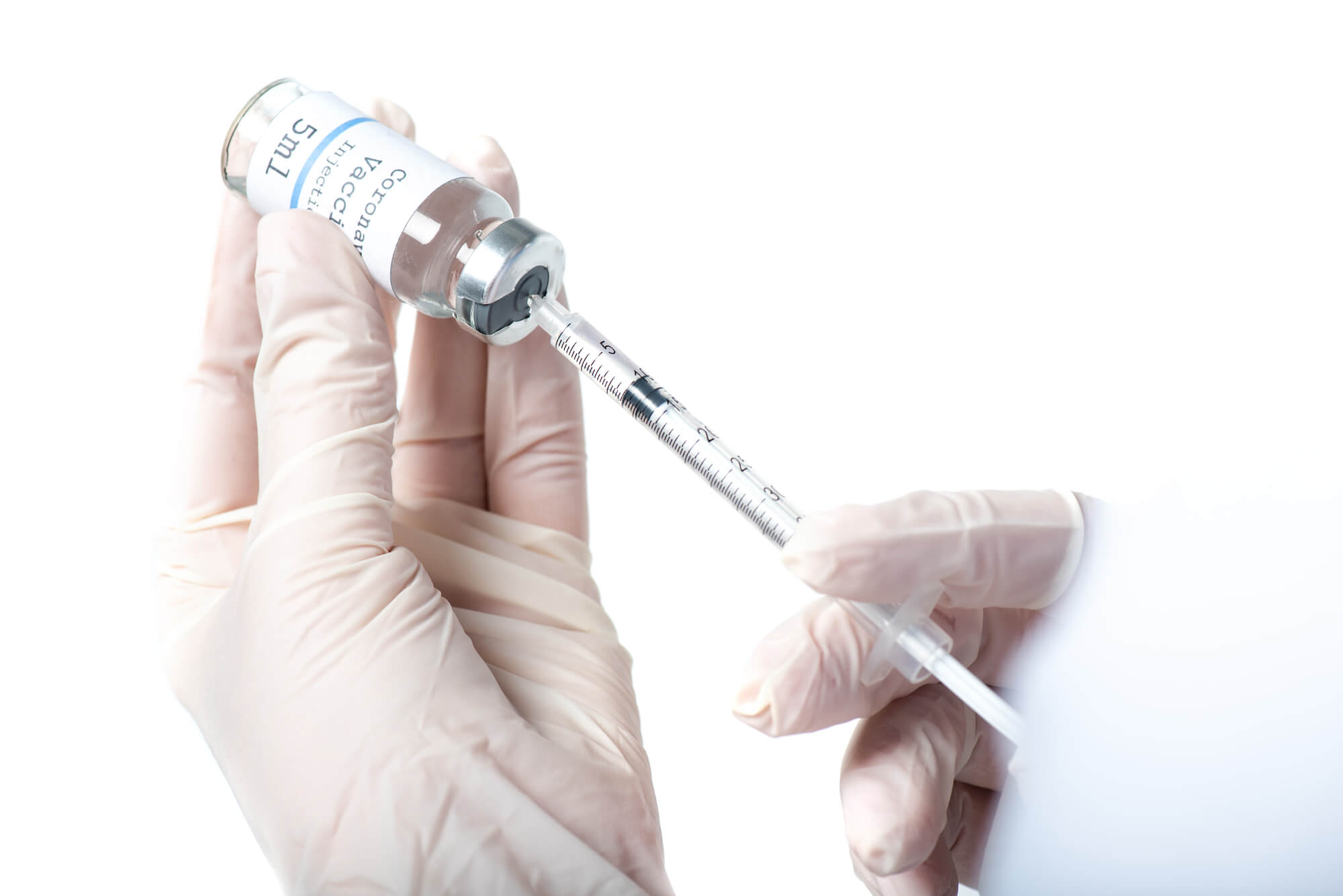The researchers estimate that about 600 per thousand additional people could be saved if the World Health Organization's goal of vaccinating 40% of the population in each country with two or more doses by the end of 2021 was achieved.

Corona vaccines reduced potential global mortality during the pandemic by more than half in the year after their introduction, according to estimates from a mathematical modeling study published on June 23, 2022 in The Lancet Infectious Diseases.
19.8 million of a potential 31.4 million deaths from corona were prevented worldwide in the first year of the vaccination program according to estimates based on excess deaths in 185 countries and territories.
The researchers estimate that about 600 more people could have been saved if the World Health Organization's goal of vaccinating 40% of the population in each country with two or more doses by the end of 2021 had been achieved.
Dr. Oliver Watson of Imperial College London, lead author of the paper, said: "Our findings are the most complete assessment to date of the incredible global impact the vaccine has had on the Corona epidemic. Of the nearly 20 million deaths estimated to have been averted in the first year after vaccine use began, nearly 7.5 million were averted in countries included in the COVAX initiative. This initiative was created because it was clear from the beginning that global equality in vaccines would be the only way out of the epidemic. Our findings show that millions of people's lives have likely been saved because vaccines are available to people everywhere, regardless of their wealth. But more could have been done. If the goals set by the World Health Organization were achieved, we estimate that it would be possible to prevent approximately one death from corona in five in low-income countries."
Since the first corona vaccine was given outside of a clinical trial setting on December 8, 2020, almost two-thirds of the world's population has received at least one dose of corona vaccine (66%). The COVAX initiative enabled access to affordable vaccines in low-income countries to try to reduce inequality, with an initial goal of giving two doses of the vaccine to 20% of the population in the countries included in the initiative by the end of 2021. The World Health Organization has increased this goal by setting a global strategy to fully vaccinate 70% of the world's population by mid-2022, with an intermediate goal of vaccinating 40% of the population of all countries by the end of 2021.
Despite the incredible speed of vaccination worldwide, more than 3.5 million deaths from corona have been reported since the first vaccine was given in December 2020.
Some studies sought to evaluate the impact of the vaccines on the course of the epidemic. These studies focused on specific regions, such as countries, states, provinces, or cities. The latest study is the first to assess the impact of corona vaccines on a global scale and the first to approach the number of deaths directly and indirectly prevented.
Mr. Gregory Barnesley of Imperial College London, first co-author of the paper, said: "It is difficult to quantify the global impact of vaccines because access to vaccines differs between countries, as does our understanding of which variants of Corona are common, when in many countries information on genetic sequencing is very limited . In addition it is impossible to directly measure how many deaths would have happened without the vaccine. The mathematical modeling is a useful tool for evaluating alternative scenarios, which cannot be observed directly in the real world."
For the scientific article in LANCET
More of the topic in Hayadan:
- Is your dog happy? 10 misconceptions about dog behavior
- A new study found that the vaccine provides less protection against the South African strain
- Why is it so important to vaccinate?
- Richard Branson beat Jeff Bezos in the space race * took off with 5 others to give way
- Research: the corona epidemic makes us less caring towards our environment

3 תגובות
Funded and false studies. All over the world it is already known that there is an increase of thousands of percent in turbo cancer, cardiac arrest, strokes and more. The electric chair will still be used on all Corona criminals
For our model fitting, we use the central estimates of excess deaths produced by The Economist model.
The estimates used in this paper are taken from the model on the 7th of December 2021, with the exception of the fit for Curacao, which is taken from the model on the 20th of January 2022, to take advantage of improved estimates.
You read that right. Research funded by governments and health bodies that recommended vaccination and even established regulations to "encourage vaccination" (i.e. sanctions on the unvaccinated) - use a mathematical model of a non-scientific newspaper without giving reasons (to the extent required) for the reasons for choosing this model.
Apart from the fact that bodies that unequivocally recommended mass vaccination of the population are biased bodies (at least in my opinion), there is no excuse for this huge hole in the research methodology. A mathematical model that describes the spread of a disease in a hypothetical situation should be well reasoned. And even then, his findings are purely a rough hypothesis.
And it has nothing to do with pro/against vaccines. These are reasonable standards for scientific studies. The researchers' conclusions are often the most marginal part of any study (even though they are what they like to publish in the headlines). The main part is the results and how they were extracted. Not least when it comes to studies of this type that cannot be checked for repeatability and therefore by definition - they are not scientific studies (according to the principles of the scientific method).
Mathematical models are not reality. This whole article is based on fraud. Who pays you for this? You just lost my trust.